As the chill of winter sets in, many gardeners face the challenge of protecting their beloved houseplants from the cold, dry air, and limited sunlight. Overwintering — the process of keeping plants alive and healthy through the winter months — is essential for ensuring that your green companions thrive year-round. Whether you’re dealing with tropical plants, succulents, or herbs, learning how to overwinter them properly will help maintain their vigor and prevent common seasonal issues like leaf drop, pest infestations, or dormancy-related stress.
This article provides a complete, step-by-step guide to overwintering houseplants, covering preparation, indoor care, light and humidity management, watering, pest control, and reintroduction to outdoor conditions once spring returns.
Why Overwintering Matters
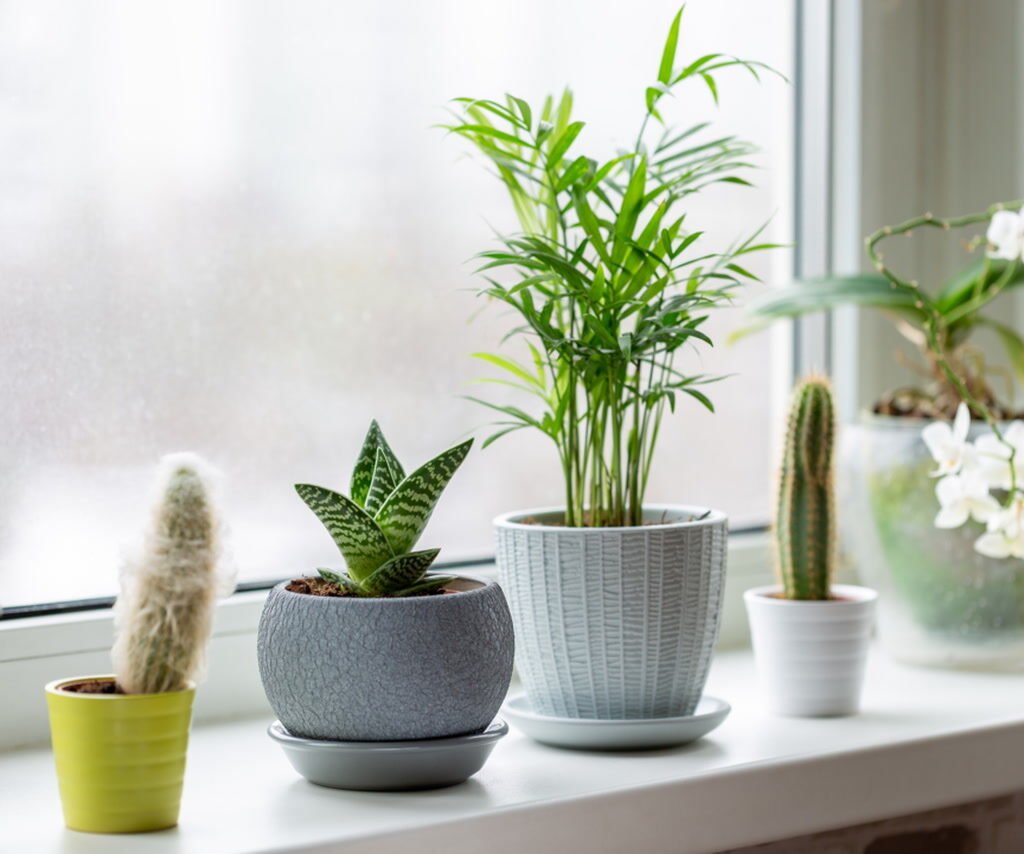
Overwintering allows your houseplants to:
- Survive Harsh Temperatures: Many popular indoor species originate from warm climates and can’t withstand freezing conditions.
- Maintain Growth Cycles: Proper care ensures that plants remain healthy and resume active growth in spring.
- Reduce Costs: By protecting existing plants, you avoid repurchasing new ones each year.
- Preserve Mature Plants: Older plants often bloom better and become more resilient over time.
- Encourage Sustainability: Extending the lifespan of plants minimizes waste and supports eco-friendly gardening.
Step 1: Evaluate and Select Plants for Overwintering
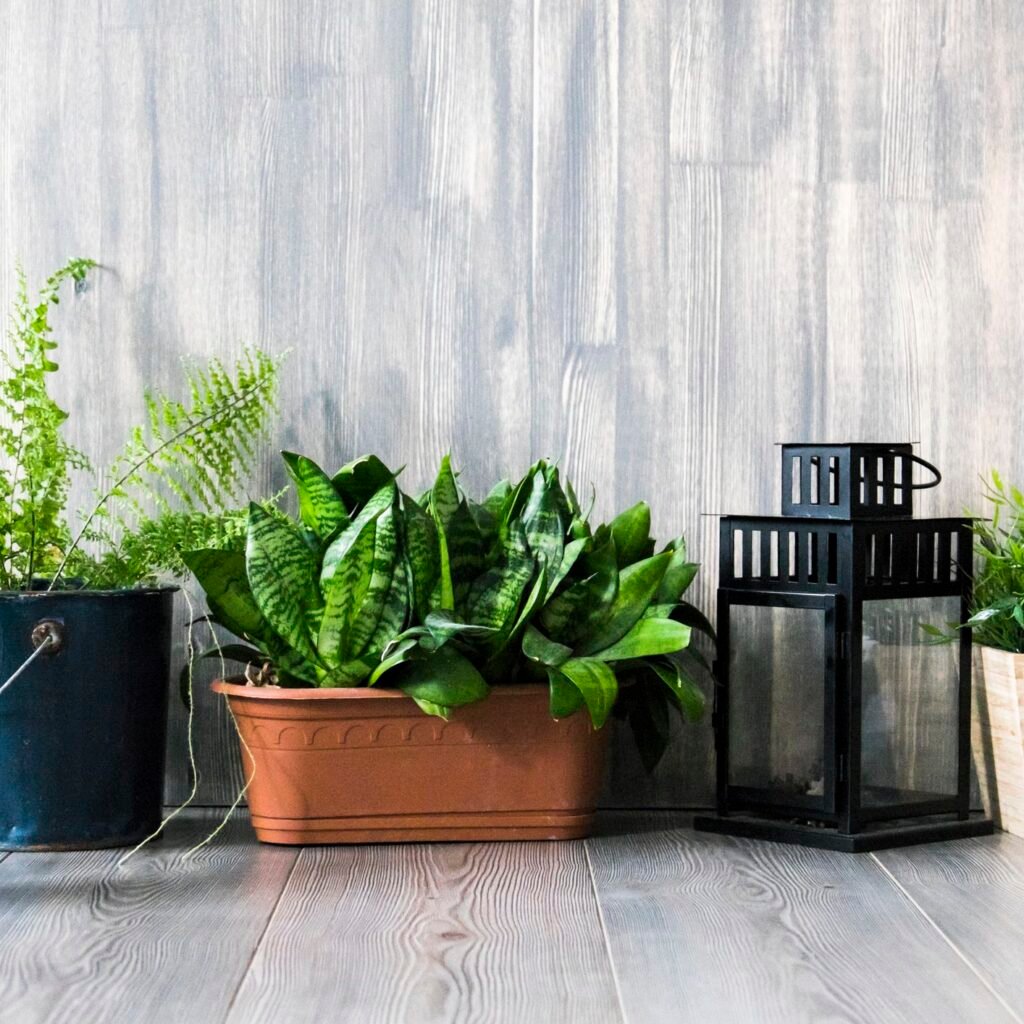
Before bringing your plants indoors, assess which ones need protection.
Plants That Require Overwintering:
- Tropical plants: Like peace lilies, pothos, and philodendrons.
- Tender perennials: Such as geraniums, coleus, and begonias.
- Citrus and herb plants: Like lemon trees, basil, and rosemary.
- Succulents and cacti: Require minimal care but must be kept frost-free.
Plants That Can Stay Outdoors:
- Hardy perennials, shrubs, or evergreens suited to your local climate.
Tip: Prioritize the healthiest plants, as weak or diseased ones are less likely to survive indoors.
Step 2: Inspect for Pests and Diseases
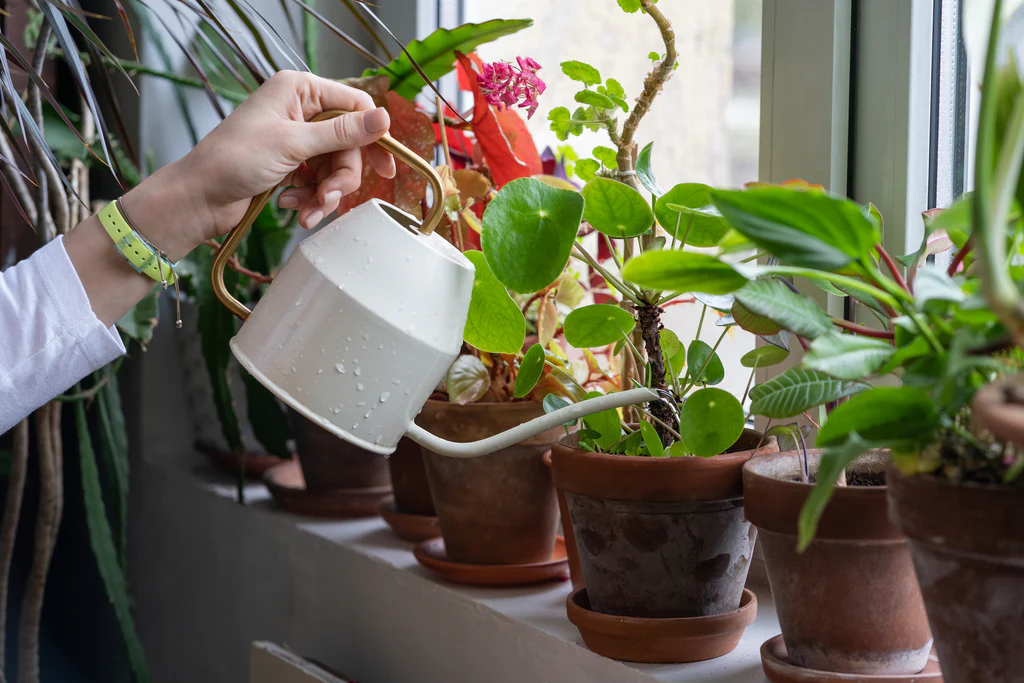
Bringing plants indoors without inspection can introduce unwanted pests that thrive in warm, enclosed spaces.
Steps for Inspection:
- Check Leaves and Stems: Look for aphids, spider mites, mealybugs, and scale insects.
- Examine Soil Surface: Fungus gnats or larvae may hide in moist soil.
- Rinse Plants: Gently spray foliage with lukewarm water to dislodge pests.
- Treat if Needed: Use insecticidal soap or neem oil to remove infestations before moving indoors.
Tip: Quarantine new or treated plants for 7–10 days to ensure pests are gone before joining your main collection.
Step 3: Repot or Prune Before Moving Indoors
Overcrowded roots or excessive foliage can hinder plant health during the low-light winter months.
Repotting Guidelines:
- When to Repot: Only if roots are tightly packed or protruding from the pot.
- Soil Mix: Use fresh, well-draining potting mix to prevent compacted soil.
- Drainage: Ensure pots have drainage holes to avoid root rot.
Pruning Tips:
- Remove dead, yellowing, or damaged leaves.
- Trim leggy stems to encourage bushier growth.
- Avoid heavy pruning just before dormancy — it can stress the plant.
Tip: Light pruning after bringing plants indoors helps maintain shape and reduces pest hiding spots.
Step 4: Adjust Indoor Lighting
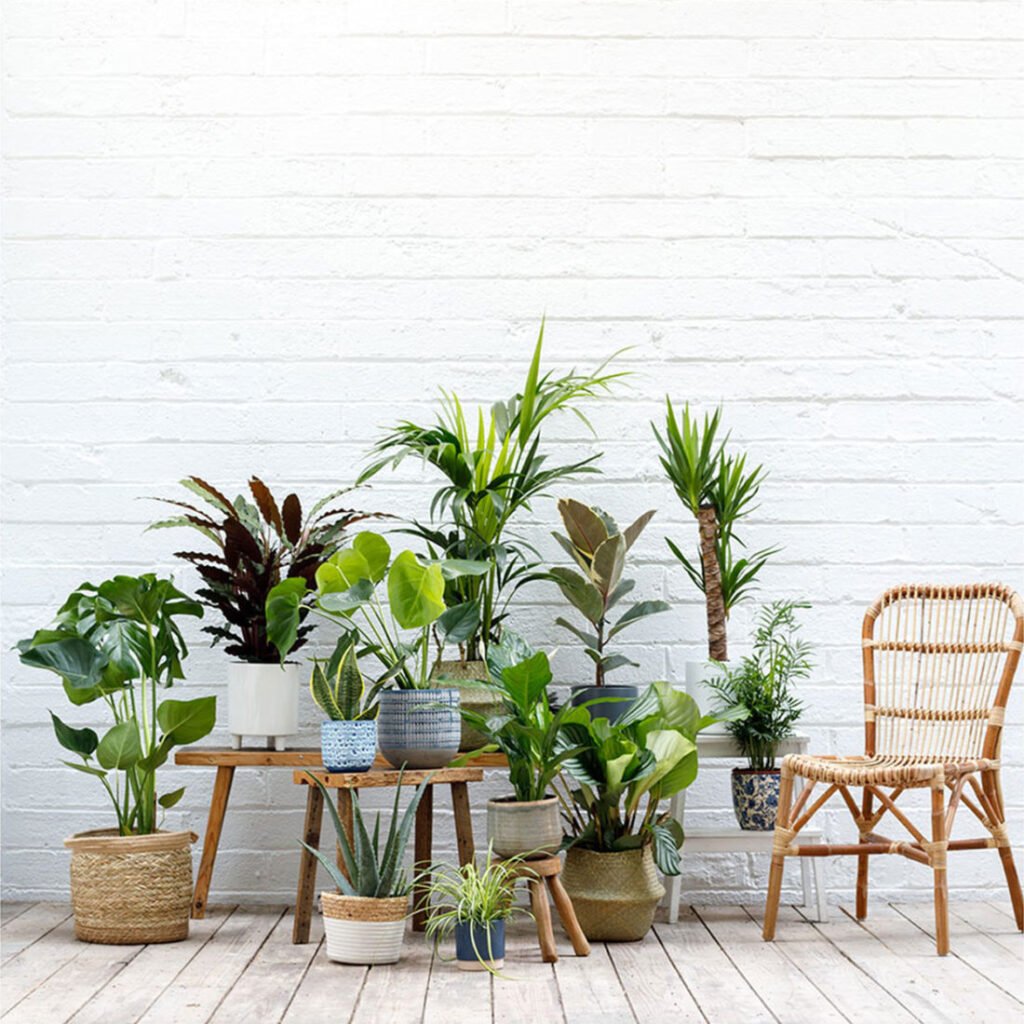
Indoor light levels drop dramatically during winter, especially in northern climates. Since most plants rely on 12–16 hours of light, adjusting placement and supplementing light is crucial.
Best Practices:
- South or West-Facing Windows: Provide the most natural sunlight.
- Rotate Plants: Turn pots weekly so all sides receive even light.
- Use Grow Lights: LED or fluorescent grow lights can mimic daylight. Place lights 6–12 inches above plants for 12–14 hours daily.
Tip: Clean window panes regularly to maximize natural light exposure.
Step 5: Regulate Temperature and Humidity
Winter air indoors tends to be dry and fluctuates due to heating systems. Maintaining consistent conditions helps plants avoid stress.
Temperature Guidelines:
- Ideal range: 60–75°F (15–24°C).
- Avoid cold drafts near windows or hot air from vents and radiators.
- Group plants together to create microclimates with slightly higher humidity.
Humidity Management:
- Use a humidifier: Ideal for tropical plants.
- Pebble Trays: Place pots on trays filled with pebbles and water; evaporation increases local humidity.
- Misting: Lightly mist leaves in the morning to add moisture (avoid for fuzzy-leaved plants like African violets).
Tip: Monitor with a hygrometer — aim for 40–60% humidity for most houseplants.
Step 6: Adjust Watering and Fertilizing Routines
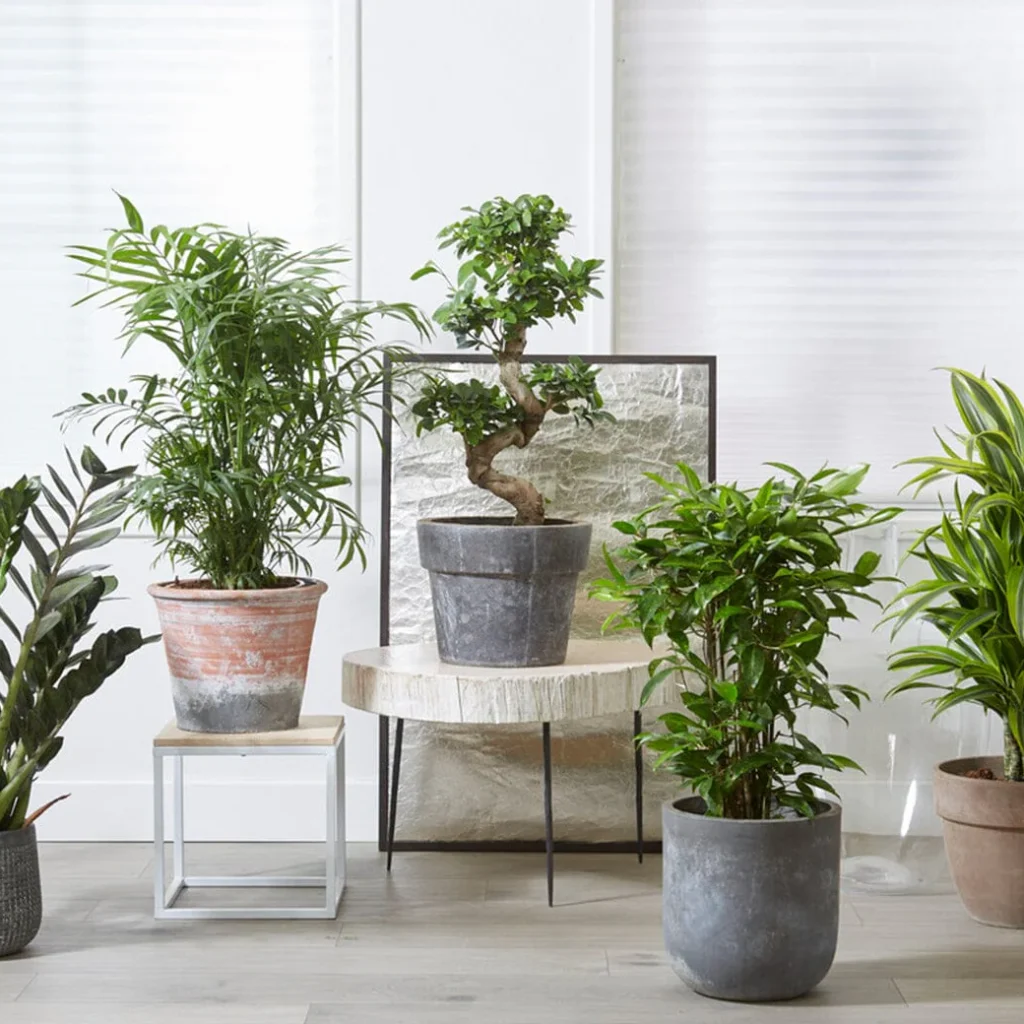
During winter, most plants enter a semi-dormant state and require less water and nutrients. Overwatering is one of the most common causes of plant decline during overwintering.
Watering:
- Check Soil Moisture: Water only when the top 1–2 inches of soil are dry.
- Reduce Frequency: Water less often but thoroughly when needed.
- Use Room-Temperature Water: Cold water can shock roots.
Fertilizing:
- Suspend or reduce feeding during winter dormancy.
- Resume fertilizing lightly in early spring when new growth appears.
Tip: Always empty excess water from saucers to prevent root rot.
Step 7: Provide Air Circulation
Good air circulation prevents mold, mildew, and pest infestations.
Strategies:
- Space plants apart to allow airflow between leaves.
- Use a small fan on a low setting for rooms with stagnant air.
- Avoid overcrowding plants on one windowsill.
Tip: Never place fans directly blowing onto plants; indirect airflow works best.
Step 8: Monitor for Winter Pests
Even indoors, winter conditions can attract pests that thrive in warm, dry air.
Common Indoor Pests:
- Spider mites: Fine webbing under leaves.
- Fungus gnats: Small black flies near soil surface.
- Mealybugs: Cotton-like clusters on stems or leaves.
Prevention and Treatment:
- Keep humidity levels balanced to deter spider mites.
- Allow soil to dry slightly between waterings to prevent fungus gnats.
- Wipe leaves regularly with a damp cloth or neem oil solution.
Tip: Early detection prevents infestations from spreading across your collection.
Step 9: Prepare for Spring Transition
As days lengthen and temperatures rise, gradually reintroduce houseplants to outdoor conditions.
Hardening Off Process:
- Start Slowly: Place plants outside in a shaded, sheltered area for a few hours daily.
- Increase Exposure: Extend time outdoors over 1–2 weeks.
- Full Sun Placement: Move sun-loving plants to brighter areas once they adapt.
Tip: Avoid moving plants outdoors before the last frost date in your area.
Step 10: Bonus Tips for Thriving Winter Plants
- Dust Leaves Regularly: Dust blocks sunlight and clogs pores. Wipe leaves gently with a damp cloth every few weeks.
- Avoid Frequent Relocation: Sudden changes in light or temperature can shock plants.
- Use Mulch or Decorative Pebbles: Helps retain soil moisture and stabilize temperature.
- Observe Regularly: Check leaves weekly for discoloration, pests, or dryness.
- Encourage Dormancy: Some plants, like amaryllis or alocasia, need a rest period with minimal water and light.
Common Mistakes to Avoid
- Overwatering: The most frequent cause of plant death during winter.
- Ignoring Humidity: Dry air leads to crispy leaf tips and wilting.
- Sudden Light Changes: Moving plants from full sun to low light too abruptly can trigger leaf drop.
- Skipping Pest Checks: Even small infestations can multiply quickly indoors.
- Overfeeding: Fertilizer during dormancy can burn roots and weaken plants.
Conclusion
Overwintering houseplants successfully requires understanding each plant’s natural rhythms and needs. By adjusting light, water, temperature, and humidity, you can create a stable environment that helps plants survive the harsh winter months. With proper pest control, pruning, and gradual reintroduction to outdoor conditions in spring, your houseplants will not only survive but thrive year after year.
Overwintering isn’t just about keeping plants alive — it’s about nurturing resilience, extending the lifespan of your indoor garden, and deepening your connection with nature through all seasons.
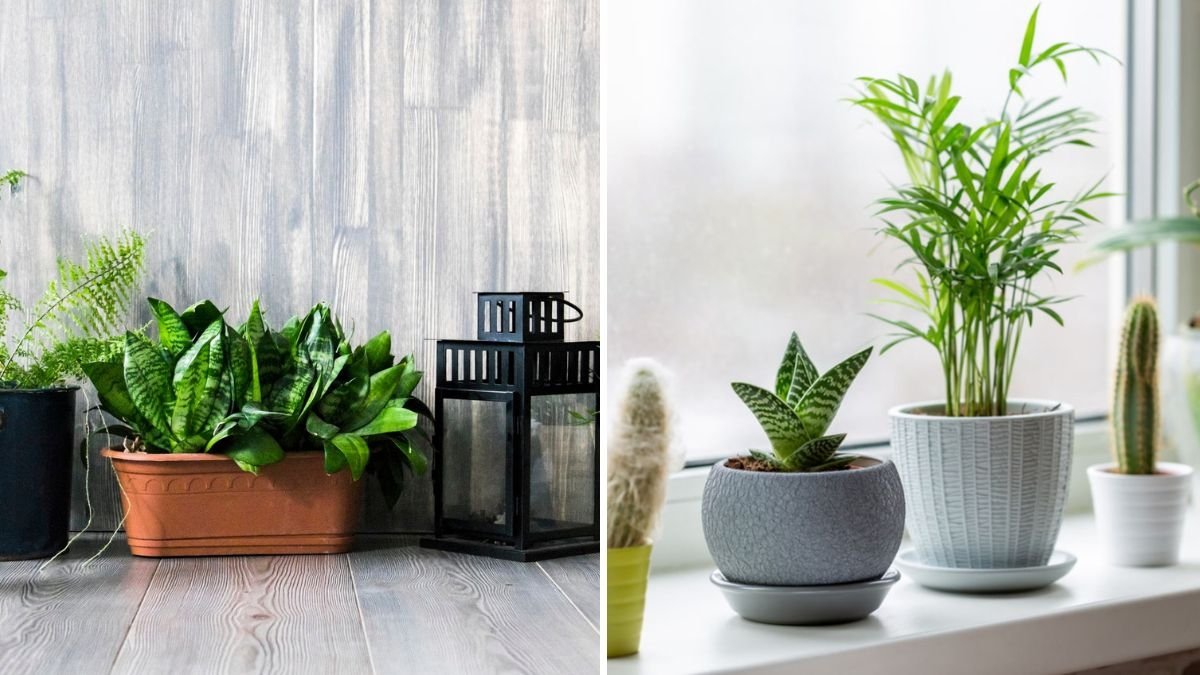




Leave A Comment